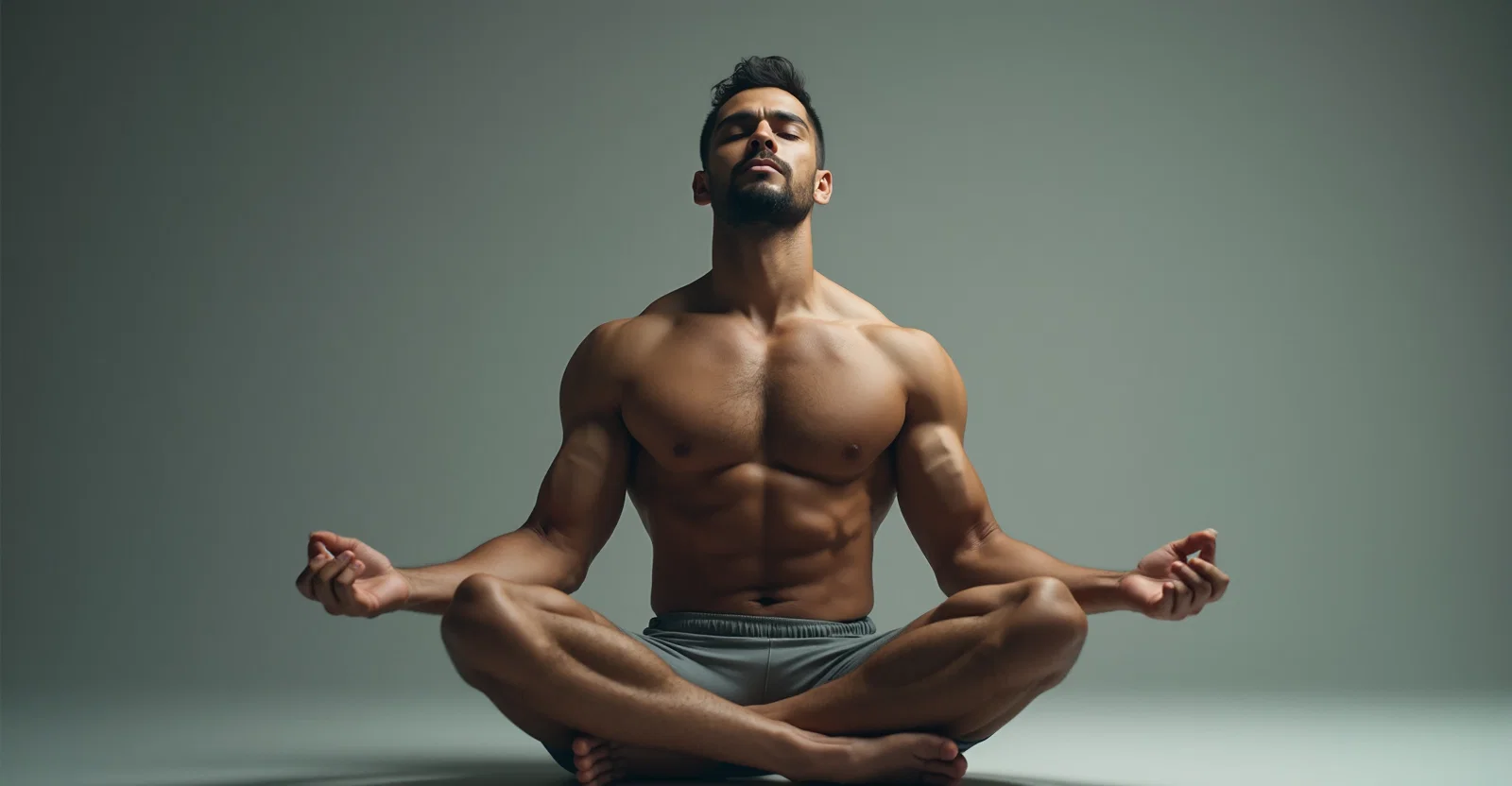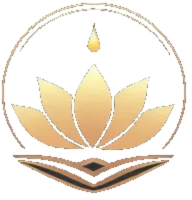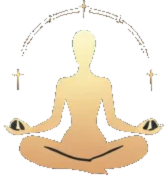The 20th century gave us many great things, and one of them is professional and general sports. They have become not only part of our society but also a lifestyle, a career, a passion, and in some cases, almost a religion. We now see the highest level of competition in the athletic world for that “piece of the pie” called professional sports. Young people must give their all, always pushing past their limits just to be noticed. They live under constant mental and physical stress, fighting for a place on the team while trying to heal injuries that often determine the future of an athlete.
Thousands of modern fitness gurus and nutritionists constantly create new “revolutionary” methods and techniques to lose extra weight or tone the body in no time. It can be overwhelming. But as the saying goes, “the one who searches will always find.”
Anyone who explores the knowledge that yoga offers will be amazed by how vast and deep it goes. If you are searching, you can find answers to almost any question that comes to mind. From physiology, anatomy, and psychology to astronomy, biology, and even quantum physics, yoga connects them all. The only challenge is how to correctly interpret this knowledge in a modern way and apply it in practice.
We all know that yoga, much like martial arts, comes from an ancient and profound tradition. In their search for greater self-awareness, yogis discovered that our physical state deeply influences our mood and mental clarity. They found that by practicing physical postures, they could become more peaceful and focused. They also learned that by returning the body to its natural state, they could dramatically improve physical performance. That is why many of today’s top athletes include yoga as a key part of their training. Isn’t that exactly what professional athletes and sports enthusiasts are looking for?
At first glance, this may sound like a miracle pill — something that instantly makes everything better, like in superhero movies where one experiment goes wrong and suddenly we get someone super strong, super smart, and super fast. But what if it is possible, not overnight, but within a month of consistent practice? Studies show that even basic yoga routines can improve fitness test results within weeks, and the benefits often remain long after the practice stops.
Now let’s look at the clear benefits of adding basic yogic exercises to any athlete’s fitness routine. These include asana (posture), pranayama (breathing techniques), and meditation.
Higher. Stronger. Faster.
Power, strength, and speed are directly related to proper body mechanics. When the body is aligned correctly, force moves through it efficiently, and performance improves in every sport. By helping your body return to its natural alignment, yoga reduces energy loss, improves running efficiency, and helps you punch, jump, or throw with more precision and power.
Breathe Deeper
A special breathing technique called pranayama, when practiced correctly, significantly increases respiratory capacity. Many people have overcome asthma and other breathing issues through consistent practice. This is a great advantage for athletes. Yoga also enhances circulation, digestion, and movement efficiency, which all improve energy and endurance. It even helps lower the body’s resting metabolic rate, which we will discuss later.






Comments are closed